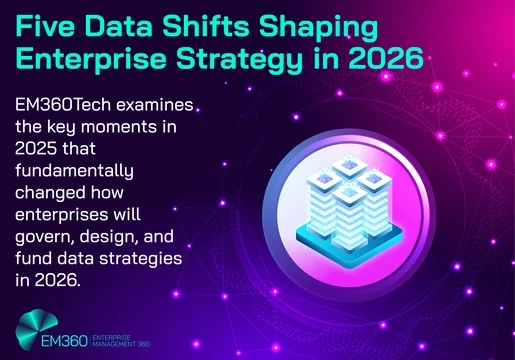Depending on the setting, the word "data" comes with very different connotations. In business, "data" is often synonymous with "goldmine" and is considered a highly valuable asset. For consumers, data takes on a more ominous meaning in which companies (namely giant tech conglomerates) seemingly want to know a person's every move in a bid to take over the world.

The latter is understandable; just like there is no smoke without fire, Big Tech's reputation for data- has to come from somewhere. What's more, the frequent reports of data breaches – especially at companies with cybersecurity budgets – doesn't exactly fill the general public with confidence.
In turn, a growing number of people have a growing distrust for companies and do not feel comfortable surrendering their personal data. To pacify concerns, businesses need to think of another way to approach data collection (while, you know, still being able to collect it). One such approach is to focus on data transparency.
Businesses need to blur the line between "us" and "them". Data transparency allows them to do exactly that, and all it requires is communication. In particular, companies should be more open and communicative about what data they need from their consumers and why. In turn, consumers will find it easier to trust that company and will be more willing to cooperate.
There are numerous ways that businesses can communicate their transparency. For instance, sign-up forms provide a great opportunity to make the company's data policies clear. Some businesses have a "Why do we need this?" link, which concerned visitors can click on to gain a better understanding of how their data will be used. Similarly, some companies choose to have a declaration somewhere on the page which outlines their data privacy policy, which is usually to the effect of "We will never share your personal details with third parties".
An arguably less obvious (and perhaps, less simple) approach is to bring in a Chief Data Protection Officer. CDPOs ensure that the company is adhering to regional data privacy laws. What's more, they are also oversee in-house data handling and processing, while also educating staff on the importance of data privacy and protection. The latter also creates a significant cultural change in which employees also become more aware (and potentially advocate for) data privacy.
Importantly, customers should be given the option to opt in when it comes to sharing their information – at least where possible. Data collection shouldn't be non-negotiable, and if you can't offer an opt in option, then someone else will. You may be surprised to find that people are likelier to cooperate with you if they know they have the choice.







Comments ( 0 )